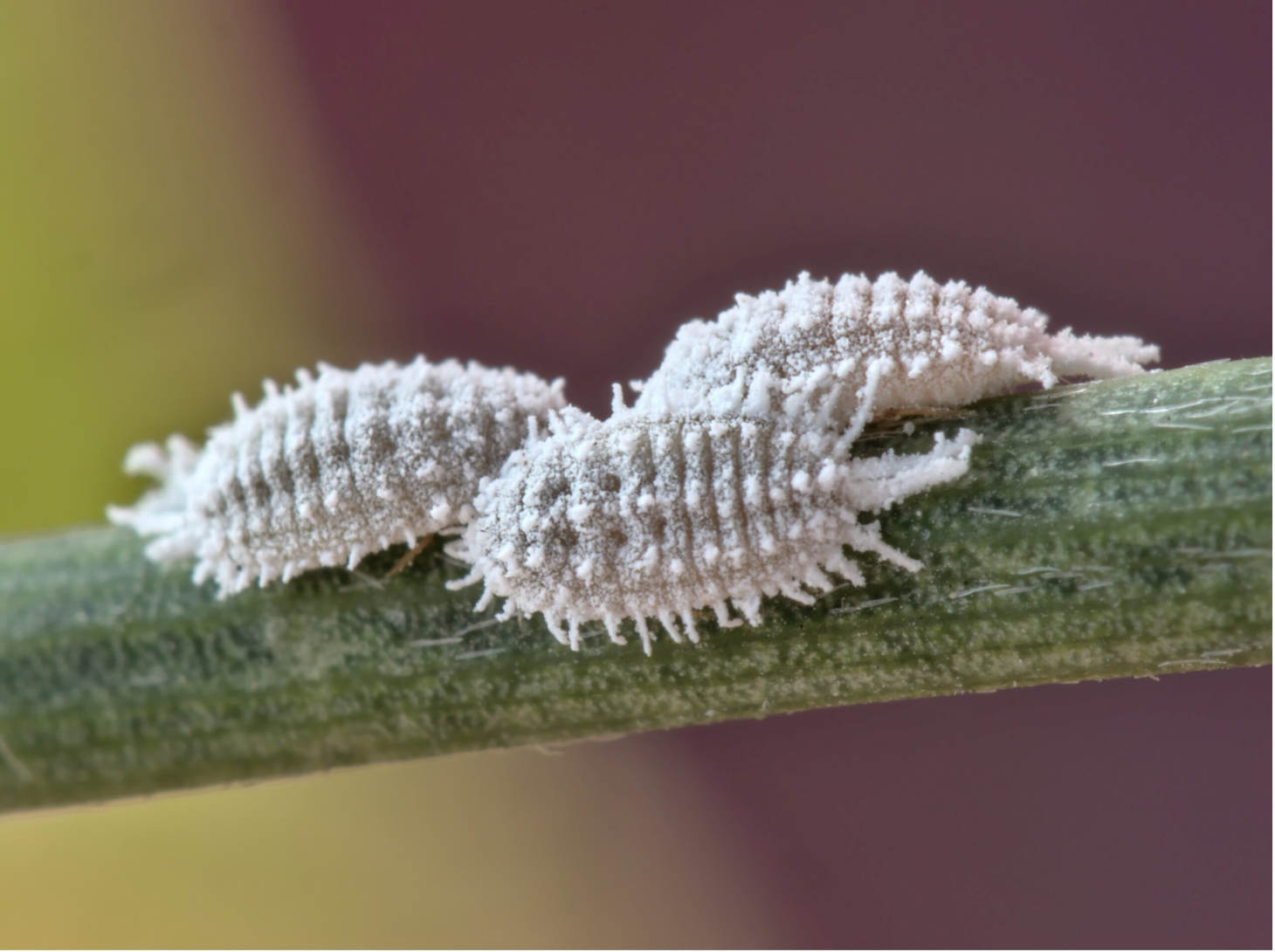Succulent Mealybug Control
If you keep succulents, you know how fast mealybugs can show up and cause trouble. These tiny pests hide in leaf joints and suck the sap from your plants, leading to yellowing, stunted growth, and even plant death if not treated. Effective succulent mealybug control means early detection, using targeted treatments, and regular follow-up to keep your plants healthy.
You might notice white, cotton-like spots or sticky residue; these are key signs of a mealybug problem. Some safe methods include using isopropyl alcohol on affected areas, washing the bugs off, or applying insecticidal soap. There are also ways to prevent new outbreaks, making your succulent care routine easier.
Mealybugs are stubborn, but with the right approach, you can get rid of them and protect your succulents. Learning how to recognize and treat these pests is the best way to keep your collection thriving.
Identifying Mealybugs on Succulents
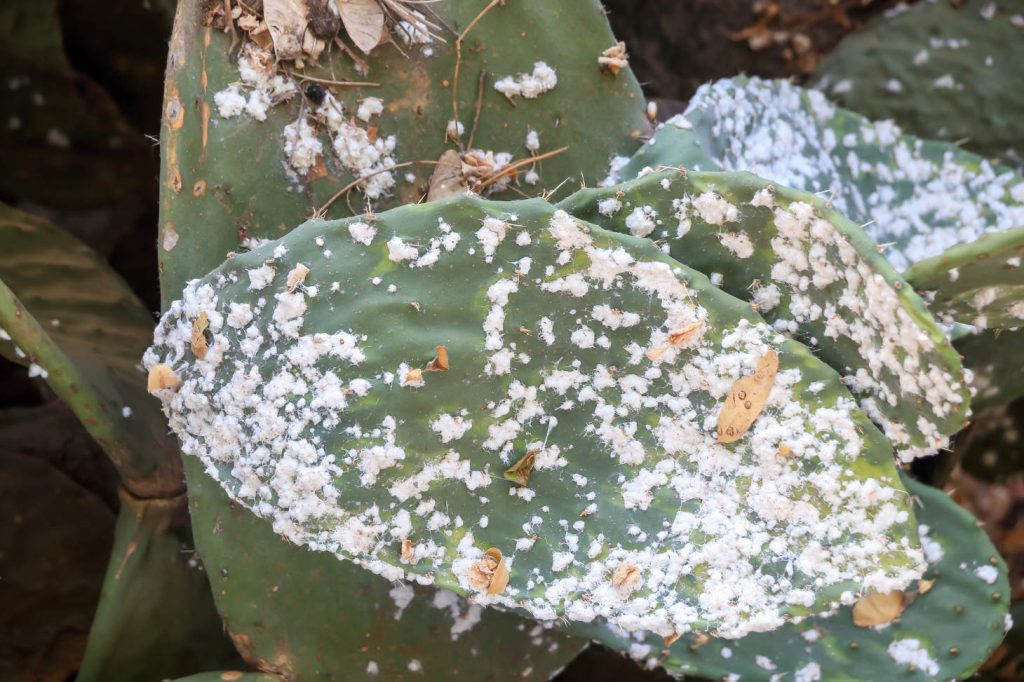
Mealybugs are small, soft-bodied insects that can quickly harm your succulents. They often go unnoticed at first, but recognizing their presence and the damage they cause is key for early control and healthy plants.
Recognizing Signs of Mealybug Infestation
Mealybugs appear as tiny, white, cottony clumps on leaves, stems, and in leaf crevices. You may also see them on roots if you unpot your succulent. Early signs often include a waxy or powdery layer on plant surfaces.
You might notice sticky, clear residue (called honeydew) around the plant. This can attract ants or lead to black sooty mold. New growth may look deformed or stunted as mealybugs feed on sap.
Look closely at leaf joints and where leaves meet stems. Mealybugs often hide in these spots, making them hard to spot at first. Regular, careful inspection helps catch infestations early.
Understanding Mealybug Damage

Mealybugs suck sap from succulent tissues, weakening the plant over time. Feeding by these pests can lead to yellow, wilting, or curling leaves. You may see dropped leaves or sections that die back.
Damaged areas sometimes take on a shriveled look and lose their healthy shine. Because mealybugs feed by piercing the plant and sucking fluids, they stress the succulent and make it more likely to be infected by other pests or diseases.
Persistent mealybug infestations may also slow plant growth. In severe cases, the plant can become severely weakened or even die, especially if left untreated. Young succulents are more sensitive to mealybug damage.
Distinguishing Mealybugs from Similar Pests
Mealybugs are distinct because of their soft, oval, and white bodies that look fuzzy or cotton-like. Unlike hard, brown, or shell-like scale insects, mealybugs have no hard covering.
The citrus mealybug and long-tailed mealybug may look similar but have longer tails or threads. Male mealybugs are rare and smaller, with wings. Checking for the “cotton ball” appearance helps you spot mealybugs and not confuse them with scale, aphids, or spider mites.
Effective Mealybug Treatment Methods
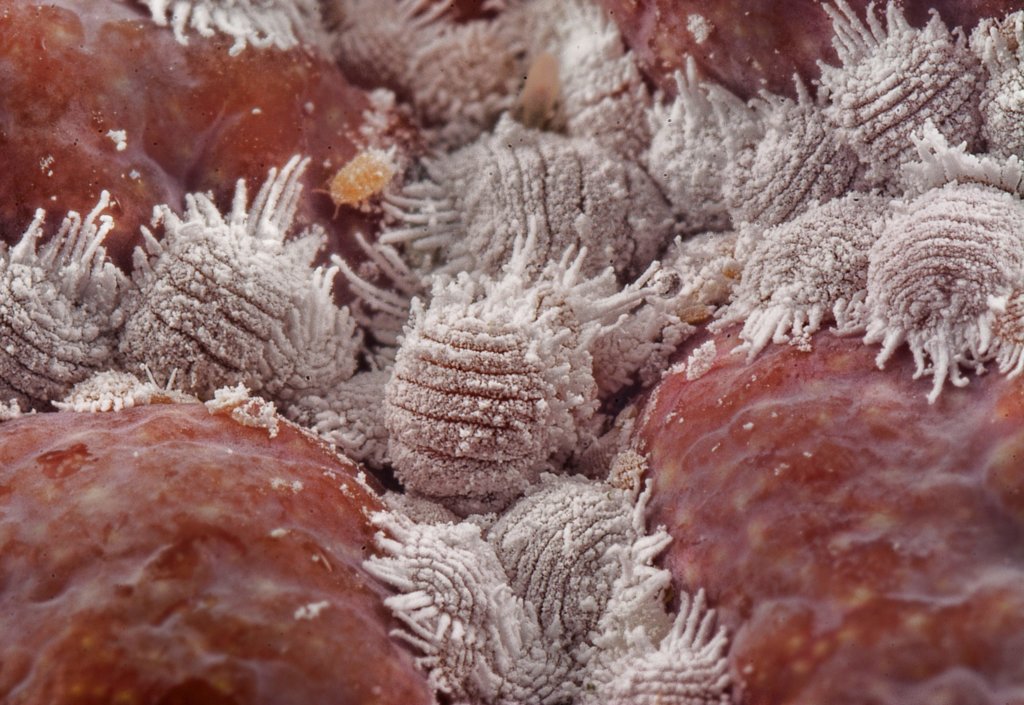
Succulent mealybugs are stubborn pests, but several proven methods can control and remove them. Acting quickly helps stop damage and spread, and using more than one method increases your success.
Manual Removal and Quarantine
Begin by isolating any infested plants to prevent mealybugs from spreading. Place them far from healthy plants.
Use a cotton swab dipped in isopropyl alcohol (at least 70%) to dab and remove visible mealybugs. The alcohol kills bugs on contact and you can pick off clusters or wipe leaves clean. Take time to check crevices and leaf joints, as mealybugs often hide there.
Prune away heavily infested or damaged parts, including leaves and stems. Dispose of clippings in a sealed bag.
After manual removal, keep the plant in quarantine for about two weeks. Inspect it regularly, and only return it to the main area once you see no new bugs.
Using Isopropyl Alcohol and Insecticidal Soap
A common and effective method is to use isopropyl alcohol in a spray bottle. Mix a solution of one part rubbing alcohol with three parts water and spray directly onto the plant, targeting affected areas.
Isopropyl alcohol dissolves the wax coating on mealybugs and kills both bugs and eggs. For tough spots, use a cotton ball soaked in alcohol to rub down leaves and stems.
Insecticidal soap is another gentle option. You can use a store-bought insecticidal soap or make your own with mild liquid soap and water. Spray all infested areas and underside of leaves, as soap suffocates soft-bodied pests like mealybugs.
Repeat treatments every 3 to 5 days until no bugs remain. Always test any spray on a small spot first to make sure it doesn’t harm the plant.
Applying Natural and Chemical Insecticides
For stronger infestations, natural insecticides like neem oil can be sprayed on the entire plant. Neem oil disrupts mealybug growth and feeding. Mix neem oil with water and a few drops of mild soap to help it spread evenly on leaf surfaces.
Be careful with neem oil. The oil can have a suffocating effect on plants. Start off with diluted versions, with a subset of your plants and monitor to see how things are going. I know we are talking about succulents here, but I once killed half my vegetable garden with an aggressive use of neem oil.
Another natural option is dusting diatomaceous earth around the base of the plant and on soil. This fine powder damages the bugs’ bodies and dries them out, reducing numbers.
Horticultural oil can also be sprayed to smother mealybugs. Both neem and horticultural oils are generally safe for indoor plants if used as directed.
If natural methods do not work, you may need a chemical or systemic insecticide labeled for mealybug control. Always follow label directions, and keep chemicals away from pets and children.
Addressing Severe and Persistent Infestations
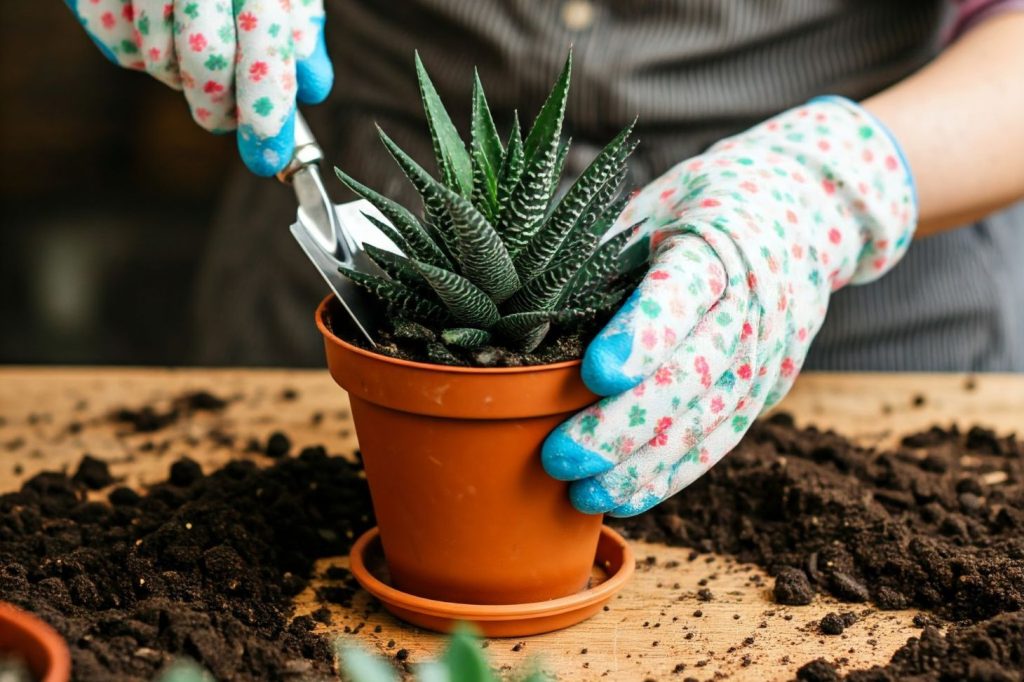
When mealybug infestations are heavy or come back after treatment, you may need to take more drastic steps. Remove the succulent from its pot to inspect the roots, as mealybugs sometimes hide there and lay eggs.
Rinse roots with water and trim away any infested or damaged roots using clean scissors. Consider repotting the plant in fresh, well-draining soil and a clean pot to remove any hidden eggs or bugs.
Apply a systemic insecticide if the infestation continues, as these are absorbed by the plant and kill pests feeding on it. Repeat manual and spray treatments on leaves, stems, and soil, and continue to isolate the plant until no pests remain.
For large or recurring problems, consider removing and safely discarding the most severely affected plants to protect your healthy succulents.
Prevention and Long-Term Mealybug Control
Keeping mealybugs away from your succulent plants requires attention to plant care, a healthy environment, and using helpful insects. These steps will help you control mealybugs and stop new infestations on both indoor and outdoor plants.
Best Practices for Plant Care
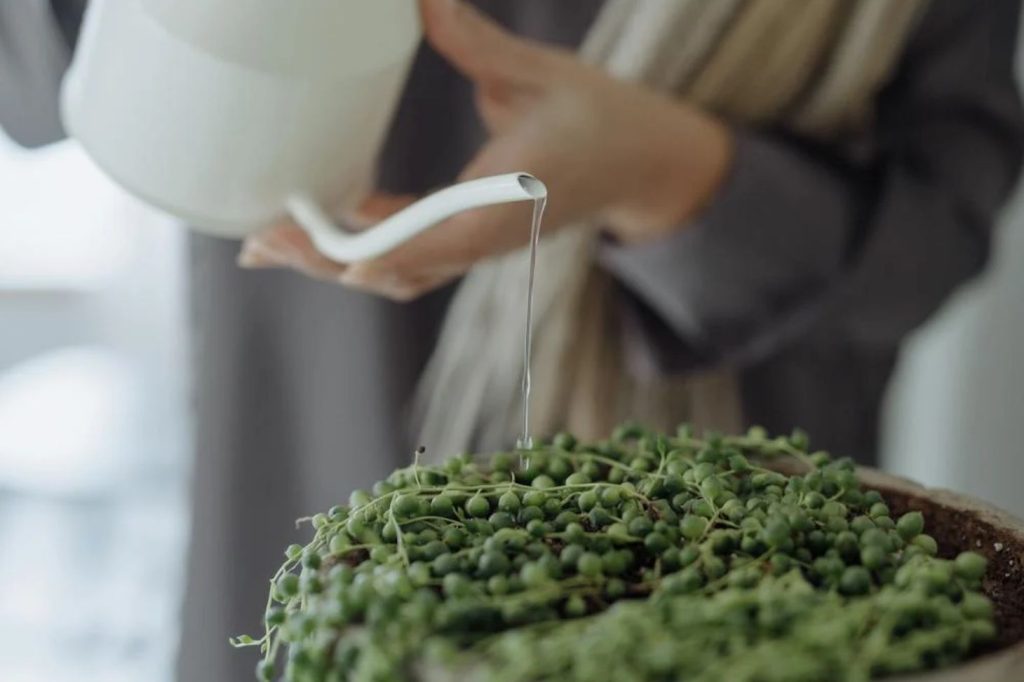
Regular checks help you spot mealybugs early. Inspect leaves, stems, and soil every week. Quarantine new plants for at least two weeks before mixing them with your other houseplants.
Proper watering is important since overwatering attracts pests and diseases. Let the soil dry out between waterings. Avoid letting water sit in saucers.
Clean your pots, tools, and trays before use. Remove old leaves and debris that can hide plant pests like gnats and mealybugs. You can also wipe leaves with a damp cloth or mild dish soap solution to remove honeydew and sooty mold.
Environmental and Cultural Controls
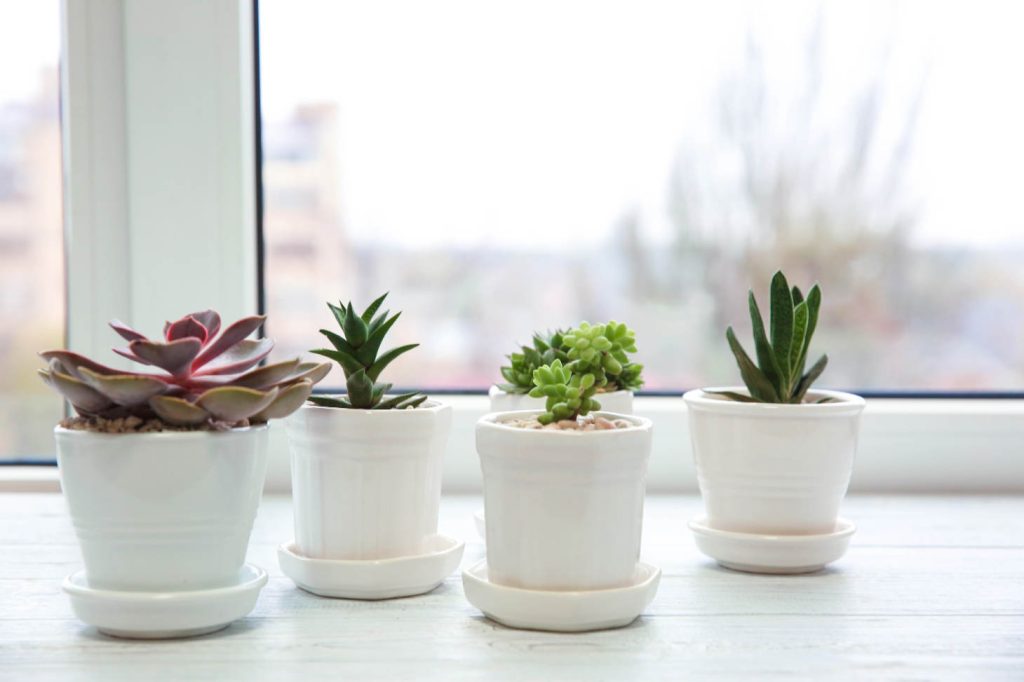
Mealybugs thrive in warm, moist environments. Increase air circulation by spacing your plants and using a small fan for indoor succulents. Healthy airflow discourages both mealybugs and sooty mold.
Avoid excessive humidity for indoor plants. For outdoor succulents, plant in well-draining soil and use pots with holes. Worm casting added to soil can boost plant health, making it harder for pests to take hold.
Control ants, as they protect mealybugs from predators and help spread them. Clean up spilled honeydew and use barriers around pots to keep ants away.
If you grow succulents outside, rotate crops and avoid planting new succulents where you had a recent mealybug problem. Disinfect tools between uses to avoid spreading any plant pests or diseases.
Encouraging Beneficial Insects (If Outdoors)
If indoors you want zero bugs! But, if you keep your plants outdoors and want nature to fight back for your plants Lady bugs and lacewings are key helpers. Both feed on mealybugs and other pests. You can buy live ladybugs (sometimes called lady bugs) and release them near your plants, especially if you grow succulents outdoors or in greenhouses.
Plant pollen-rich flowers nearby to attract beneficial insects. Avoid broad-spectrum insecticides, as these kill helpful bugs along with pests.
If you see ants herding mealybugs, discourage them so natural predators can do their job. Place sticky traps around pots or apply ant barriers since ants defend mealybugs from ladybugs.
Monitoring beneficial insect activity is important. If the population drops, repeat releases or add more flowering plants to invite them back. Encouraging these helpers reduces long-term pest problems and helps control mealybugs naturally.

